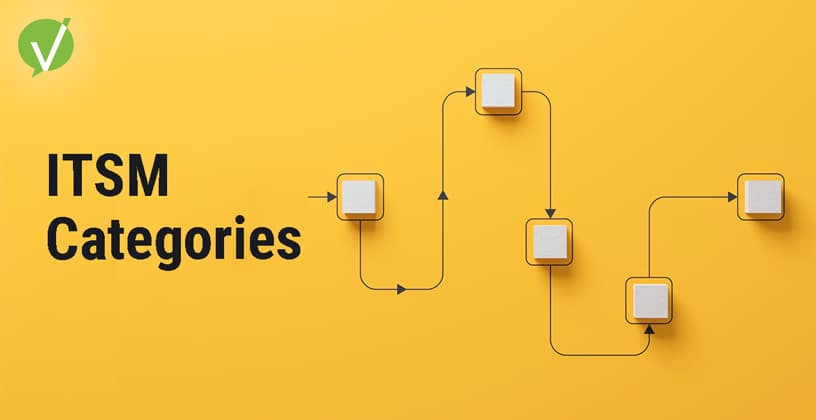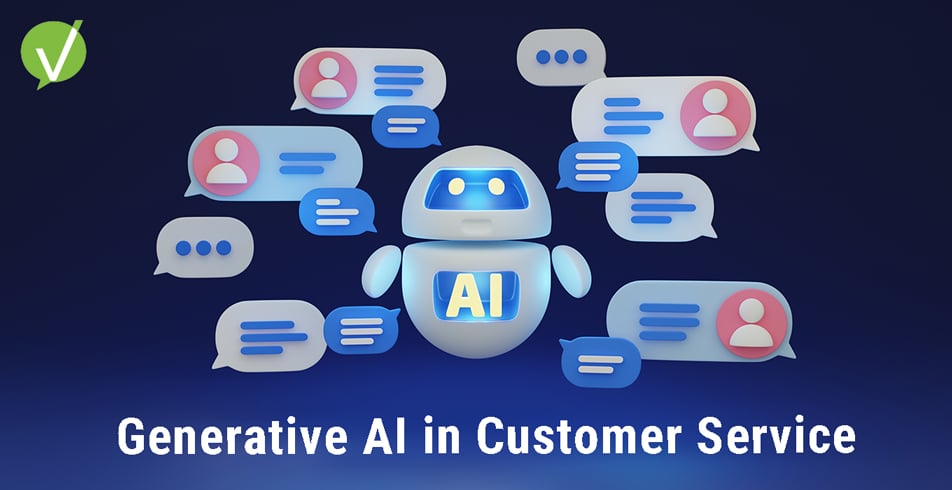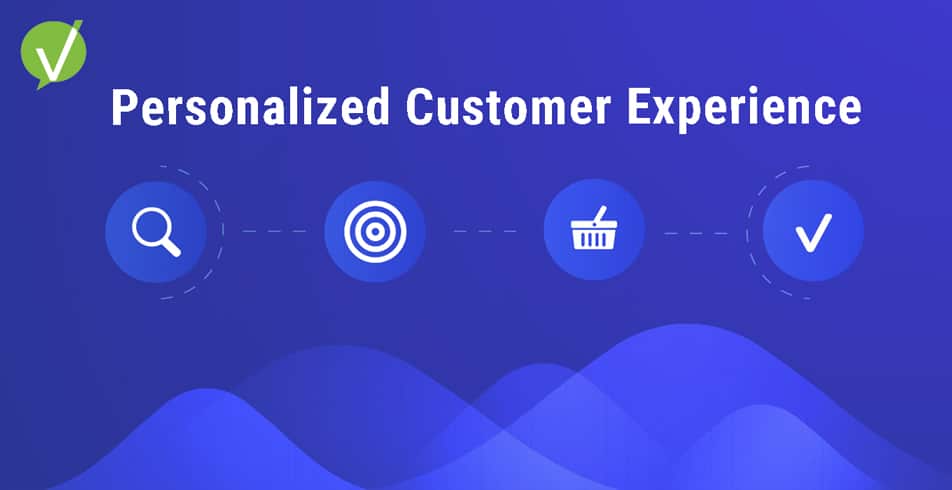ITSM Categories: Streamlining Operations
Introduction
Are you struggling to meet service level agreements (SLAs) and enhance your IT service delivery? Understanding the different categories within IT Service Management (ITSM) can help streamline your operations, increase efficiency, and improve precision. By exploring the various ITSM categories, you can leverage their benefits and build a solid foundation for your IT service management practices.
Key Takeaways:
- Thoroughly understanding ITSM categories can improve service delivery.
- Adopting ITSM categories can help streamline operations in your business.
- Meeting SLAs and improving precision is achievable through the use of ITSM categories.
- Enhancing your IT service management practices using ITSM categories can result in customer satisfaction.
- Incorporating ITSM categories and best practices, such as ITIL framework, can lead to continual service improvement.
An Overview of ITSM
If you want to deliver effective IT services, understanding the basics of IT Service Management (ITSM) is crucial. ITSM encompasses a wide range of processes and methodologies that help streamline your service management practices, including change management, service desk, ITIL, service requests, and standard changes.
At its core, ITSM is all about managing your IT services effectively to deliver the best possible outcomes. By putting in place a well-structured service management system, you can streamline processes and optimize operations to improve efficiency, productivity, and customer satisfaction.
“ITSM provides a framework that enables organizations to effectively manage their IT services, ensuring they’re delivering value to the business and meeting customer expectations. By implementing best practices and utilizing the right tools, IT teams can deliver high-quality services and maintain customer loyalty.”
Whether you’re looking to streamline processes, improve incident management, or deliver better service to your customers, ITSM can help achieve these goals. By leveraging ITIL and other widely-accepted frameworks, you can bring standardization and consistency to your IT service delivery, reducing the risk of errors, improving quality, and enhancing the overall customer experience.
ITSM Categories and Their Importance
As an IT service provider, you need to be familiar with the different categories within IT Service Management (ITSM) to ensure a smooth and streamlined service delivery. Let’s take a closer look at some of the most important ITSM categories:
Essential ITSM Categories for Seamless Service Delivery
In the world of IT service management (ITSM), success hinges on precision and organization. ITSM categories play a pivotal role in streamlining service delivery, ensuring swift incident resolution, and maintaining customer satisfaction. Dive into our infographic to explore how these categories are the backbone of seamless IT operations.
- Workflow and Automation: Workflow and automation involve streamlining IT processes by using technology to handle repetitive tasks. This helps reduce errors, save time, and improve efficiency across the organization.
- Asset Management: Asset management means keeping track of all IT assets, including hardware like computers and software licenses. It ensures you know what you have, where it is, and what it’s doing, minimizing losses, avoiding overbuying, and ensuring compliance.
- Incident Management: Incident management is about quickly identifying, analyzing, and resolving disruptions to IT services. It ensures minimal impact on business operations and helps maintain service level agreements (SLAs).
- Problem Management: Problem management focuses on proactively identifying and resolving underlying issues that lead to incidents. By reducing recurring incidents, it minimizes their impact and identifies opportunities for continual service improvement.
- Service Level Agreements (SLAs): SLAs are agreements between IT and customers that define the level of service customers can expect. They help set expectations, measure performance, and build trust by aligning IT services with customer needs.
- Service Catalog: The service catalog is a centralized list of IT services offered, complete with descriptions and request processes. It enhances transparency, simplifies requests, and helps customers quickly find the services they need.
- Release Management: Release management involves planning, scheduling, and controlling the deployment of new IT elements or changes. It ensures minimal service disruption, reduces risk, and ensures changes are delivered on time and within budget.
By understanding and applying these ITSM categories, you can improve your IT service delivery, meet customer expectations, and provide a seamless customer experience.
Best Practices in ITSM
IT Service Management (ITSM) is a crucial part of any business operations. Implementing best practices can help optimize your service operations and enhance your service delivery. Here are some of the best practices you should adopt:
- Continual Service Improvement (CSI) is an essential part of ITSM. It involves identifying areas for improvement, making changes and measuring the impact.
- For example, imagine your IT department notices a recurring issue with slow response times for customer support inquiries. Through CSI, you identify this problem, implement changes in your support processes, and measure the results. Over time, response times significantly improve, leading to higher customer satisfaction and retention.
- By continually improving your services, you can ensure that they meet the changing needs of your organization and customers.
- Configuration Management is the process of managing the configuration of hardware, software, and other IT assets.
- For example, in a large-scale retail operation, configuration management involves tracking the hardware and software components of point-of-sale systems. By maintaining a clear configuration database, you ensure that any system issues are swiftly addressed, minimizing checkout delays during busy shopping seasons.
- By having a clear understanding of your IT assets and their relationships, you can reduce downtime, improve security, and make better decisions.
- Knowledge Management involves capturing, storing, sharing, and using knowledge and information within your organization.
- For example, in a busy healthcare setting, knowledge management ensures that medical staff can access critical patient information quickly. By centralizing patient data and medical protocols, healthcare providers can deliver more efficient and accurate care, ultimately improving patient outcomes.
- By having a central repository of knowledge, you can ensure that your staff has access to the information they need to provide high-quality services.
- Efficient Management processes are critical to ensuring that your ITSM practices are effective, reliable and efficient.
- For example, consider a financial institution where efficient management processes are essential for security and regulatory compliance. By continually monitoring and optimizing their data security protocols, they maintain robust protection against cyber threats while efficiently meeting regulatory requirements.
- You should identify the processes that are critical to your business operations and continually monitor and improve these processes to ensure maximum efficiency.
Adopting a Framework
Adopting a Framework such as ITIL can help standardize and streamline your ITSM practices. The ITIL framework provides best practices for ITSM including service strategy, service design, service transition, service operation, and continual service improvement.
ITSM Categories Are A Must-Know
For over two decades, Vivantio has been at the forefront of optimizing service organizations. If you want to improve your service delivery and streamline operations, ITSM categories are a must-know. By understanding the different categories within ITSM, you can implement management tools and software development strategies that optimize your service delivery and meet SLAs. To ensure continual success, contact our team today or register for a free demo to adopt a framework such as ITIL and stay updated with current best practices to optimize your operations.








